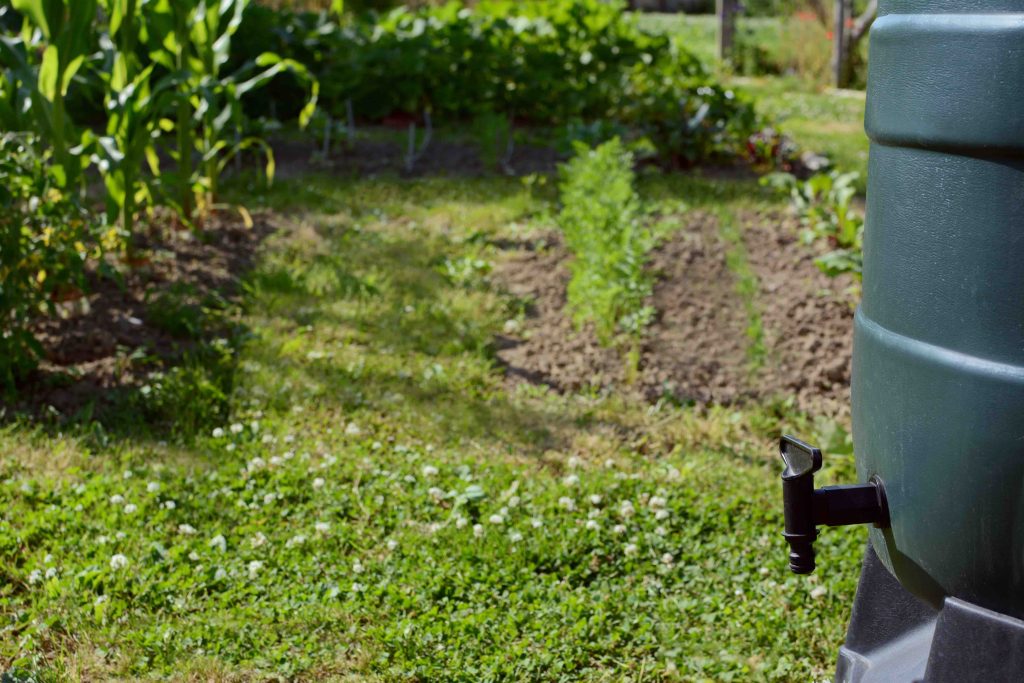Introduction
Using roof runoff as a water source for your vegetable garden can be a smart and sustainable choice. However, ensuring that this water is safe and free from harmful contaminants is crucial for growing healthy, edible plants. This article explores how to create a roof runoff safe vegetable garden by understanding potential risks, proper water collection methods, and best gardening practices. Whether you’re an experienced gardener or a beginner, you’ll learn how to harness rainwater safely to boost your garden’s productivity while protecting your health.
Why Consider Roof Runoff for Your Vegetable Garden?
Roof runoff refers to rainwater that flows off your roof during precipitation. Instead of letting this valuable resource go to waste, gardeners can collect and use it for irrigation. There are several benefits:
- Water conservation: Reduces dependence on municipal water supplies.
- Cost savings: Lowers water bills, especially in dry regions.
- Environmental impact: Minimizes stormwater runoff and soil erosion.
However, not all roof runoff is safe for edible gardens. Contaminants like bird droppings, dust, and chemicals from roofing materials can contaminate water. Understanding these risks is the first step to creating a safe vegetable garden.
Potential Risks of Using Roof Runoff on Vegetables
Contaminants to Watch For
- Heavy metals: Some roofing materials (e.g., treated wood, certain shingles) may leach metals like lead or zinc.
- Pathogens: Bird and animal droppings on roofs can introduce bacteria or parasites.
- Chemical residues: Pesticides or pollutants settling on roofs pose risks.
Impact on Edible Plants
Contaminated water can accumulate toxins in vegetables, posing health hazards. Leafy greens and root vegetables are especially vulnerable since they are consumed raw or grow close to the soil.
Expert Insight
Dr. Jane Smith, a soil and water expert, notes, “Proper filtration and system design are essential to prevent contamination when using roof runoff for edible gardens.”
Best Practices for Safe Roof Runoff Collection
1. Choose the Right Roofing Material
- Opt for non-toxic, inert materials such as metal or clay tiles.
- Avoid roofs with lead-based paints or asbestos.
2. Install a First-Flush Diverter
- This device diverts the initial runoff, which contains the highest concentration of debris and contaminants.
- It helps ensure cleaner water reaches your storage system.
3. Use Proper Filtration and Storage
- Incorporate mesh screens to block leaves and insects.
- Store water in food-grade containers to avoid chemical leaching.
- Regularly clean gutters and storage tanks to prevent algae and bacterial growth.
4. Test Water Quality Periodically
- Conduct water testing for heavy metals, pH, and microbial contamination.
- Adjust treatment or filtration based on results.
Integrating Roof Runoff Water Safely into Your Vegetable Garden
Watering Techniques
- Use drip irrigation or soaker hoses to deliver water directly to soil, avoiding contact with leaves.
- Avoid overhead watering to minimize contamination risk on edible parts.
Soil and Plant Selection
- Maintain healthy soil with organic matter to help filter contaminants.
- Choose vegetables less prone to absorbing contaminants, such as fruiting plants (tomatoes, peppers) over leafy greens.
Regular Garden Maintenance
- Wash harvested vegetables thoroughly before consumption.
- Rotate crops and monitor plant health regularly.
Real-World Example: Sustainable Urban Garden
A community garden in Portland, Oregon, successfully uses roof runoff collected from nearby buildings to irrigate their vegetable plots. By installing first-flush diverters, fine mesh filters, and drip irrigation, they have maintained safe, productive gardens for over five years. Regular water testing and community education have been key to their success.
Conclusion
Using roof runoff for your vegetable garden can be a sustainable and efficient way to manage water resources. By understanding potential contaminants and implementing proper collection, filtration, and irrigation techniques, you can ensure your garden remains safe and productive. Remember to choose safe roofing materials, use first-flush systems, and water plants carefully to minimize risks. With these expert-backed strategies, your roof runoff safe vegetable garden can thrive, providing fresh, healthy produce while conserving water.
Start today by assessing your roof and planning a safe water harvesting system—your garden and the planet will thank you!
